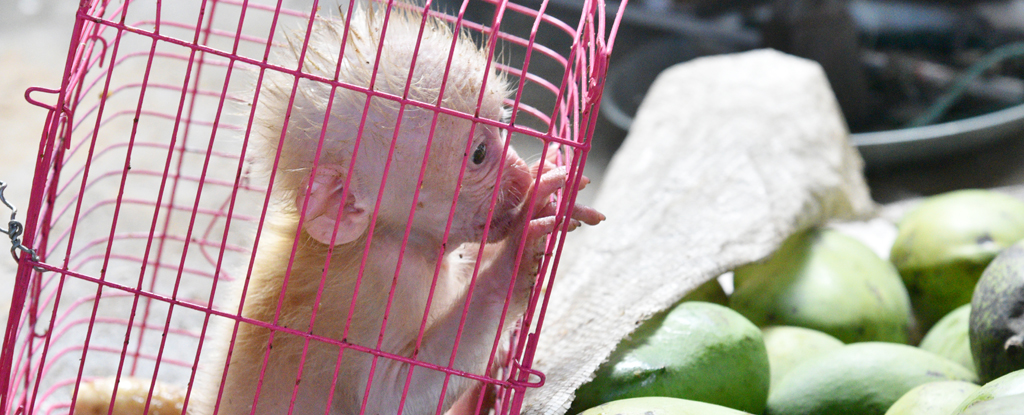Around 4,000 species of plants and animals are victims of illegal wildlife trade globally, according to the latest . Despite two decades of coordinated international efforts to tackle illegal wildlife trafficking, it keeps posing one of the greatest threats to many species' continued existence amid the backdrop of human-driven . "Wildlife crime inflicts untold harm upon nature, and it also jeopardizes livelihoods, public health, good governance and our planet's ability to fight ," Ghada Waly, Executive Director of the United Nations Office on Drugs and Crime (UNODC).
The new UNODC report was compiled from over 140,000 records of wildlife seizures that occurred in 162 countries and territories between 2015 and 2021. While there have been a few hopeful signs of a decrease in the trafficking of some iconic animals , many of the victims are lesser-known species. About 3,250 of them are listed in the .

Corals accounted for 16 percent of recorded seizures, followed by crocodiles and their relatives at 9 percent. Elephants represented 6 percent, down from 16 percent in 2005–2014. "Actual wildlife trafficking levels are of course far greater than the recorded seizures," the report .
"Corruption undermines regulation and enforcement while technology accelerates the capacity of traffickers to reach global markets." During the , much of the wildlife trafficking trade , making it even harder for authorities to keep track of. A desire for exotic pets drives much of the trade for rarer s.
















